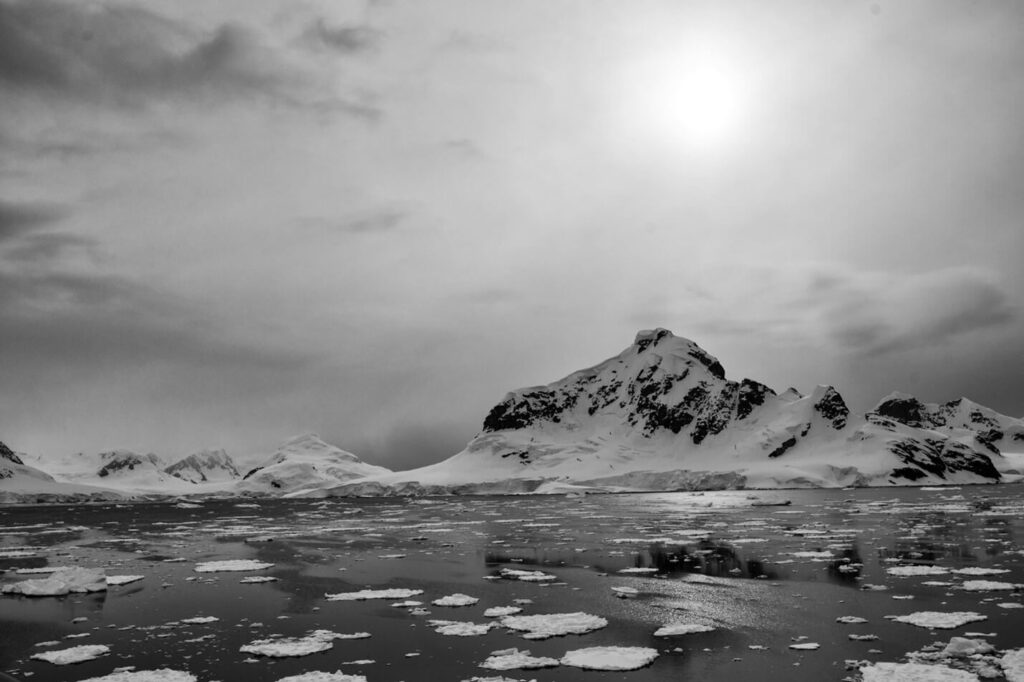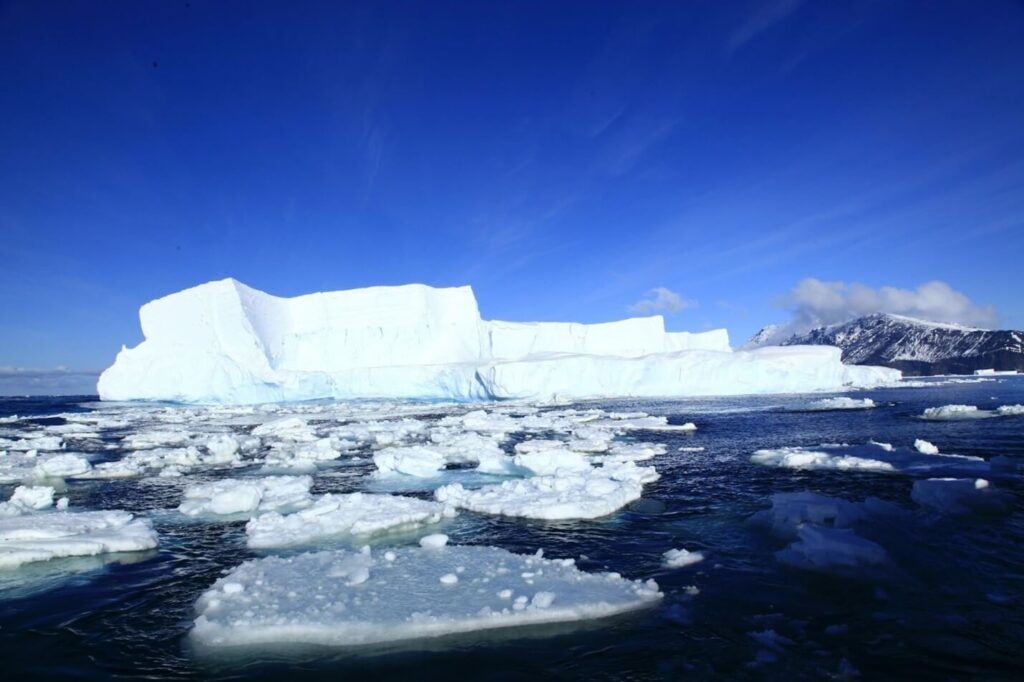The year 2023 broke the record for being the warmest year in our history and humans are a prominent reason for it. This should be a major concern in the climate of our earth and everything in it.

Even Antarctica, which has long been seen as an icy stronghold, is feeling the effects of this crisis. In particular, July turned out to be the hottest month there in 120,000 years, highlighting how urgent it is to address the environmental problems caused by burning fossil fuels like coal, oil, and gas. Understanding the complex relationship between Antarctica and climate change is essential because the continent lies at the center of Earth’s complex climate system and influences global weather patterns.
The Role OF Antarctica in Climate Change
The cold ice and dark water around Antarctica hold a major responsibility for regulating the global climate. The ecosystem within the sub-continent decreases the rate of global warming. One way to understand the phenomenal workings of this cold region is in its ocean currents. The currents near Antarctica drive important streams of oceans that result in filtering carbon dioxide from our atmosphere. While the process of slowing down the gradual heating of the earth by Antarctica may include many aspects and intricacies, it is certain that human civilization is truly dependent on the southern pole.

The significance of Antarctica stems from its exceptional ability to control regional and global climate dynamics. The Earth’s climate is influenced by the contrast between the dark sea surrounding the continent and the reflective white surfaces covered in ice. The ocean’s depths are reached by the cold, salty waters that encircle Antarctica, acting as an essential conveyor belt that transfers heat around the world. Supported by robust westerly winds, the Southern Ocean is an excellent absorber of atmospheric carbon dioxide, helping to maintain the planet’s delicate carbon balance.

The study of Antarctic ice cores and marine sediment records sheds light on the planet’s past climate. The planet has experienced eight glacial cycles with an ice age and a warm period during the last 800,000 years.
Antarctica is getting Hot
Antarctica is a continent with a surface area bigger than Europe. Its temperature trends vary geographically. Research stations’ long-term measurements show that temperatures have been comparatively stable over most of the continent in recent decades. But in the last half of the 20th century, there was a notable warming in the Antarctic Peninsula and a sizable portion of West Antarctica. The region’s climatic variability is still quite significant even though this warming stabilized in the early 21st century.

Remarkably, the extent of Antarctic sea ice increased from 1979 to 2014 despite warmer air and sea surface temperatures in the Southern Ocean. Thereafter, there was a sharp fall that was characterized by significant annual variations around a reduced mean extent. Changes in atmospheric weather patterns are the cause of these variations. On the other hand, warm ocean currents that flow beneath the ice shelves cause the ice shelves to collapse and the amount of land ice in the vicinity of West Antarctica’s coast to decrease.
Although the temperature in some areas of Antarctica is stable or even declining, there are serious risks associated with the warming trends in important regions. A hotspot for climate change, the Antarctic Peninsula has seen startling ice melt and ice shelf disintegration. This affects the global climate system more broadly and adds to the rise in sea levels.
Antarctic ice cores are priceless time capsules that give scientists vital information about historical climates. By examining air bubbles and isotopes in these ice cores, researchers can reconstruct past atmospheric conditions and gain insight into the evolution of Earth’s climate. This study not only clarifies the need to address human-induced climate change but also improves our understanding of the climate’s natural variability.
Changes in Antarctica due to Climate Crisis
Antarctica is changing due to climate change brought on by humans, with dire repercussions. Important penguin colonies on the Antarctic Peninsula have disappeared over the previous 40 years as a result of changing climatic patterns. The Antarctic ice is changing alarmingly; the possibility of several feet of sea level rise by 2100 is posed by collapsing ice shelves. Marine ecosystems suffer as a result of the Southern Ocean’s natural buffering function, which reduces global warming by absorbing excess heat.

Conclusion
The destiny of our planet is closely related to Antarctica, which is frequently perceived as a remote and unexplored region. The necessity of tackling climate change and its effects on this icy continent is highlighted by the warmth of 2023. By comprehending the intricate relationship between Antarctica and worldwide climate patterns, we can strive towards sustainable solutions.
